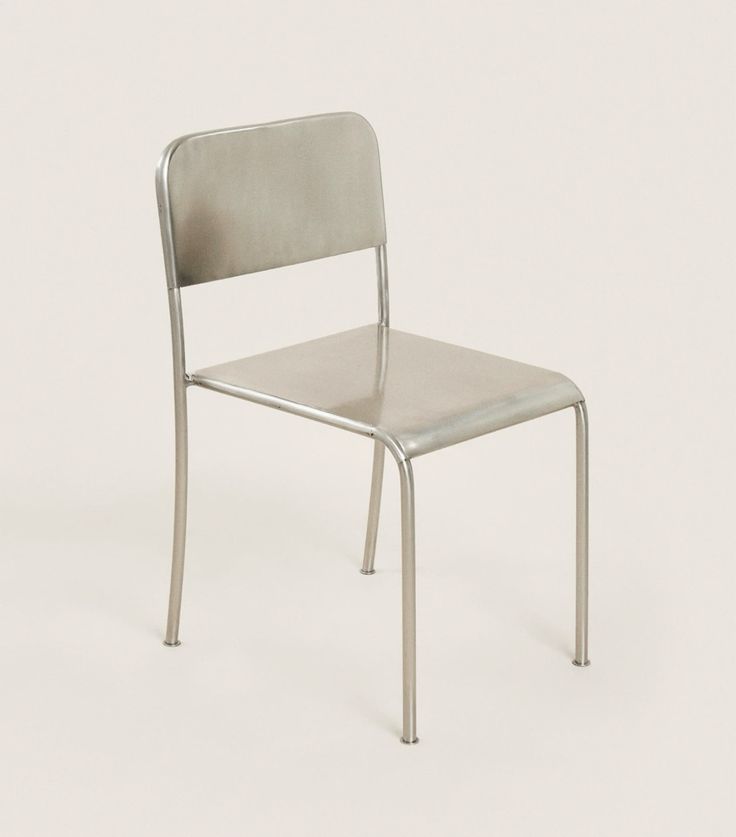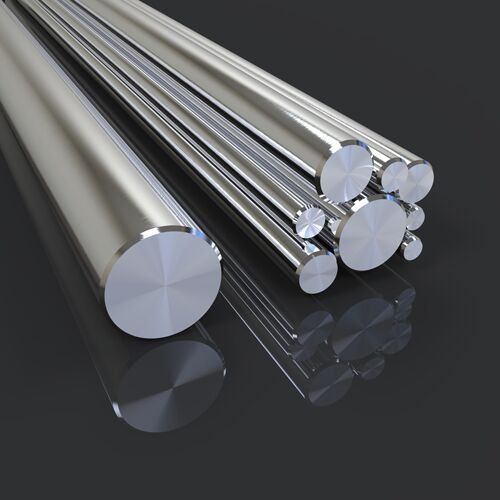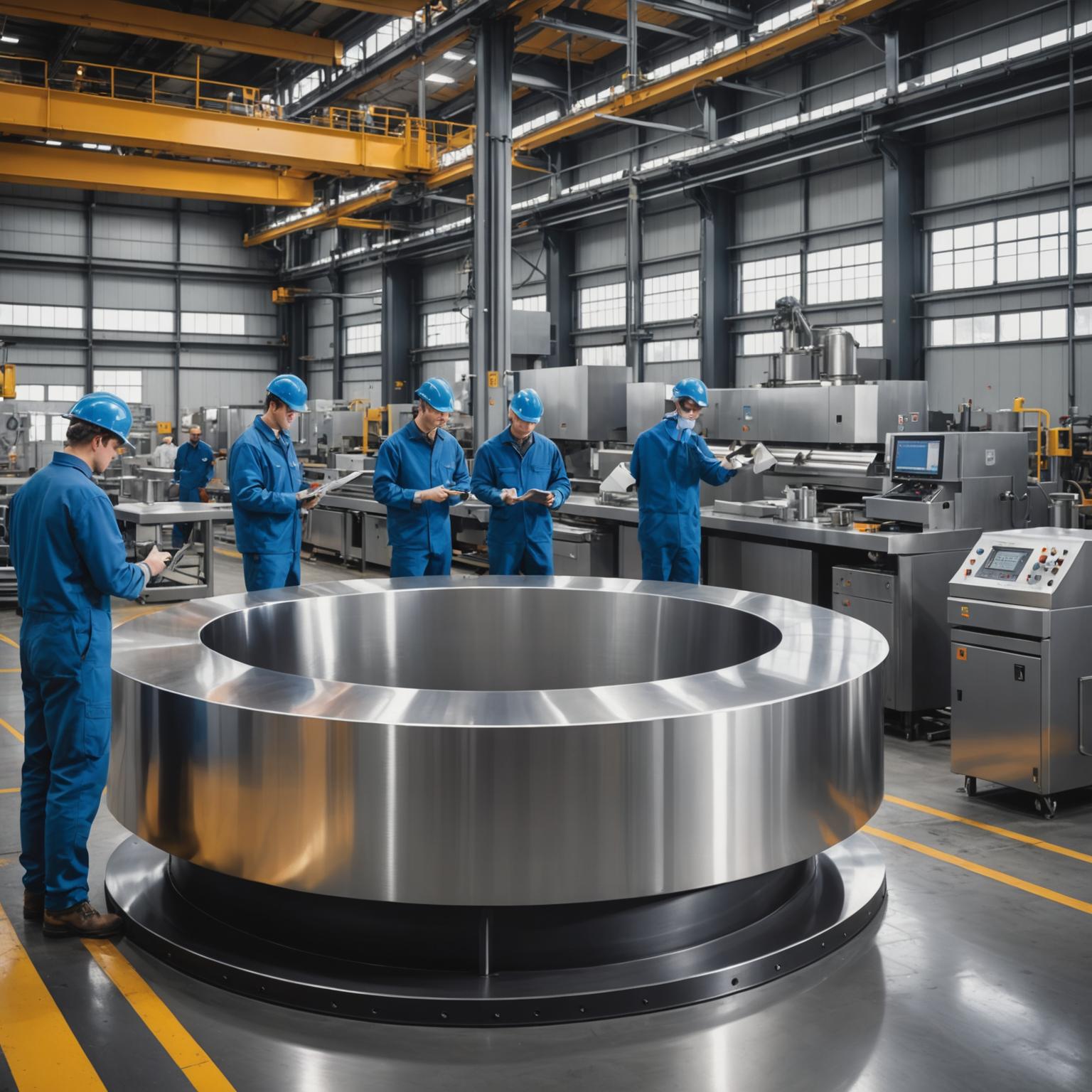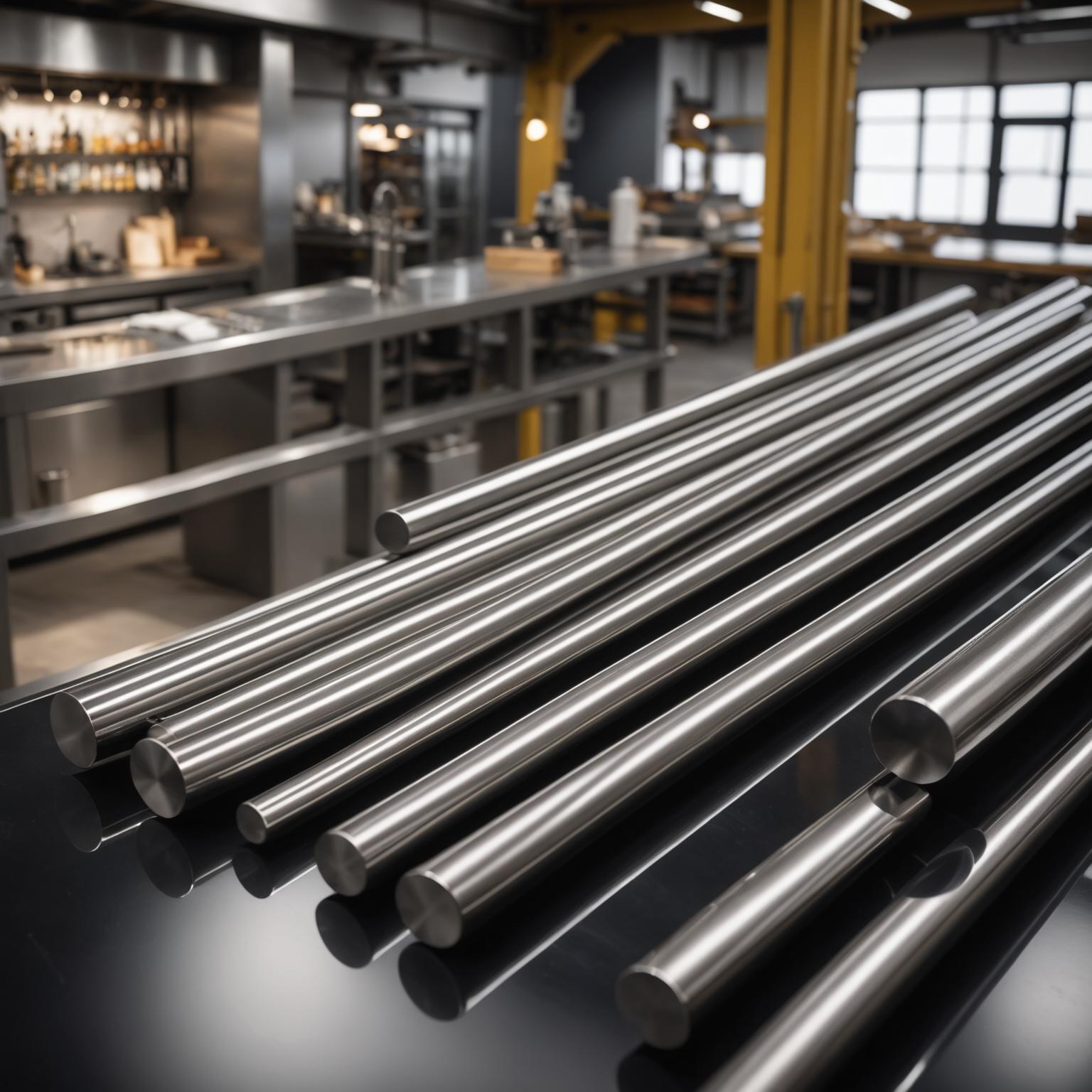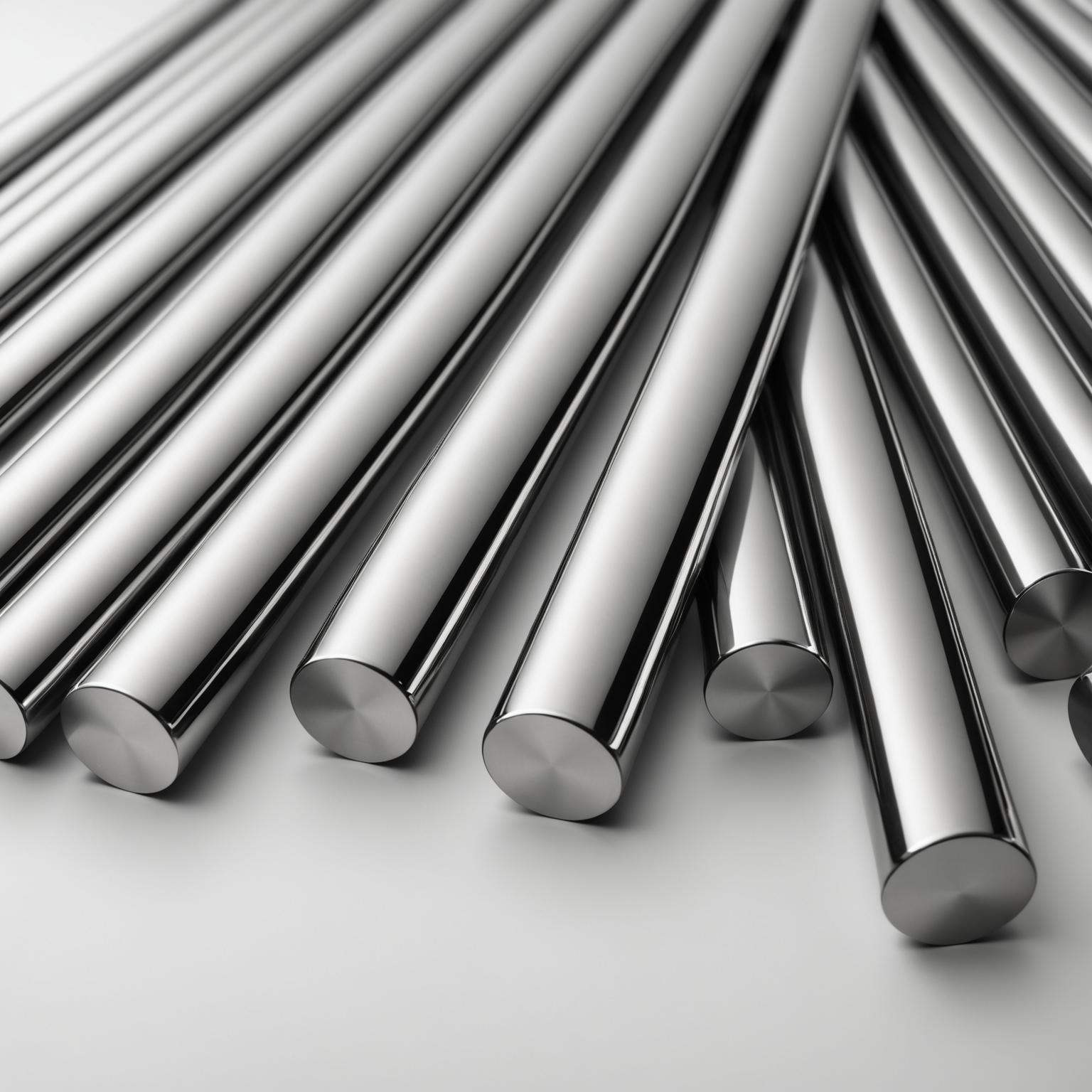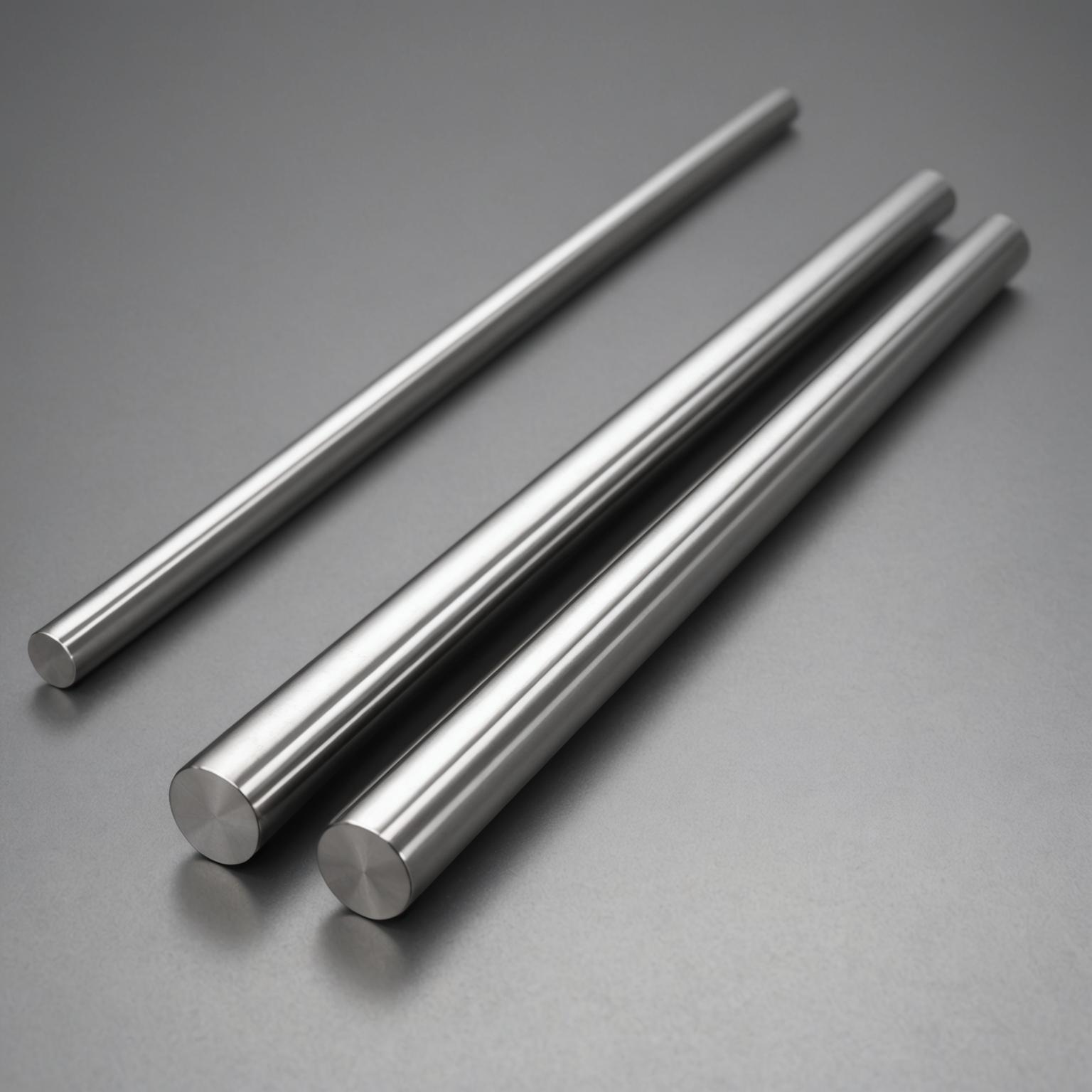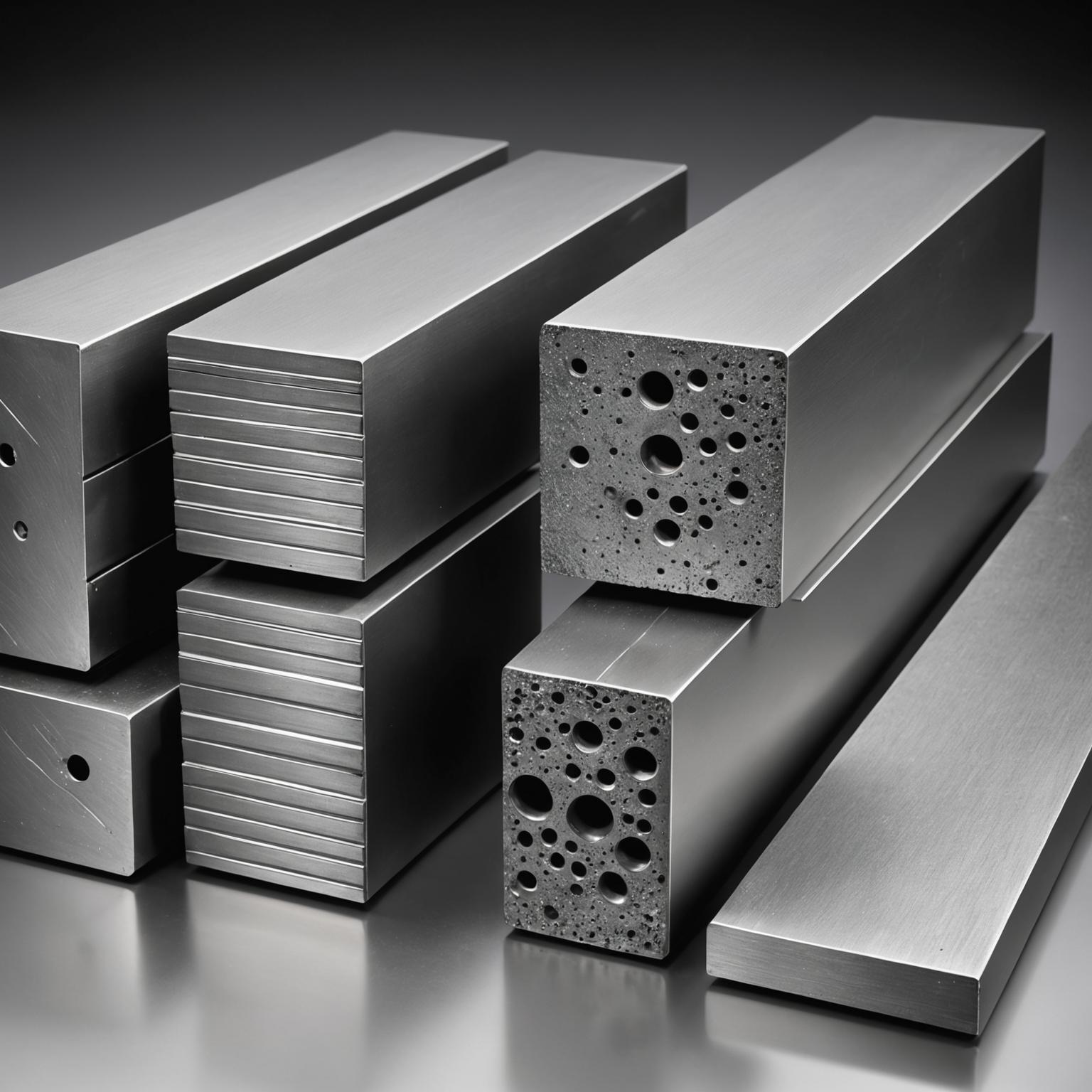
1. Basic concepts of cold rolling and hot rolling
-
Hot Rolling: Rolling at high temperatures (usually higher than recrystallization temperature, about 900°C~1200°C) makes stainless steel easy to form.
-
Cold Rolling: Rolling at room temperature or near room temperature, and through greater pressure processing, improve material hardness and surface finish.
2. Comparison of cold rolling and hot rolling process
| Comparison items | Hot rolled 304 stainless steel | Cold rolled 304 stainless steel |
|---|---|---|
| Processing temperature | High temperature (above 900°C) | Normal or low temperature |
| Surface quality | Coarse, may have scallops | Smooth, delicate, no scalp |
| Dimensional accuracy | Lower, larger tolerances | High precision, small tolerance |
| Mechanical properties | Softer, good ductility | High hardness and high strength |
| Internal stress | Small residual stress | Residual stress is high and may require annealing treatment |
| cost | Lower | Higher (due to additional processing steps) |
3. Performance differences between cold-rolled and hot-rolled 304 stainless steel
(1) Mechanical properties
-
Hot rolled 304 stainless steel:
-
Tensile strength: about 515 MPa
-
Yield strength: approximately 205 MPa
-
Elongation: about 40%
-
It has low hardness and is suitable for deep digging, bending and other molding processing.
-
-
Cold rolled 304 stainless steel:
-
Tensile strength: about 620 MPa
-
Yield strength: approximately 310 MPa
-
Elongation: about 30%
-
High hardness, better wear resistance, but less plasticity.
-
(2) Surface quality
-
Hot rolled plate: The surface is rough and usually requires pickling or sandblasting to remove the scale.
-
Cold rolled plate: The surface is smooth and can be directly used in precision instruments, decorative materials, etc.
(3) Application scenarios
| Hot rolled 304 stainless steel application fields | Cold rolled 304 stainless steel application fields |
|---|---|
| Building structure, large storage tanks | Precision instruments and electronic parts |
| Chemical pipelines, ship manufacturing | Home appliance panels, kitchen utensils |
| Industrial equipment framework | Medical devices, auto parts |
| General mechanical parts | High-end decorative materials (such as elevator panels) |
4. How to choose cold-rolled or hot-rolled 304 stainless steel?
-
Select hot rolling situation:
-
High ductility is required, such as deep-draining and welding processing.
-
There is no high requirement for surface finish, such as structural parts and industrial equipment.
-
The budget is limited and the cost of hot rolling is lower.
-
-
Select cold rolling:
-
High precision and high surface quality are required, such as electronic products and decorative materials.
-
Higher hardness and strength are required, such as precision mechanical parts.
-
Suitable for scenes where subsequent polishing, plating and other fine processing is required.
-
5. FAQ
Q1: Does cold-rolled 304 stainless steel need annealing treatment?
A1: Yes, annealing is usually required after cold rolling to eliminate internal stress, improve plasticity and corrosion resistance.
Q2: Can hot-rolled 304 stainless steel replace cold rolling?
A2: Depends on the purpose. If the surface finish and dimensional accuracy are not high, hot rolling can be replaced, but the mechanical properties are different.
Q3: Is there a big difference in the price of cold-rolled and hot-rolled 304 stainless steel?
A3: Cold rolling is about 20%-40% more expensive than hot rolling, because it has more processing steps and higher accuracy.



